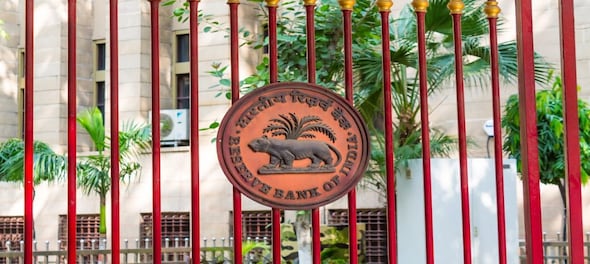
The last one week has been rocky not just for equities but also for bonds. On Monday, the Reserve Bank of India (RBI) said it will conduct a 3-day variable rate reverse repo (VRRR) auction. A reverse repo is the rate at which RBI takes money from banks. A part of it is done at a fixed rate and some of it at a variable rate.
The same day, the 10-year yield rose from 6.40 percent to 6.47 percent. More importantly, the call rate, i.e. the overnight rate that banks pay to borrow from each other went up from 3.35 percent to 3.8 percent. This is important. When call rate or the cost of one-day money moves up, all short term rates (one-month, 3-month etc) rise in tandem.
Why did yields rise when RBI announced the 3-day VRRR auction? Here’s the back story. Since March 2020 RBI has sought to increase the liquidity in the system by printing more money and using it to buy bonds and dollars, thus to keep liquidity easy in the market. For the better part of 2021, banks have been depositing close Rs 8-10 lakh crore everyday with the RBI through the fixed rate reverse repo window earning just 3.35 percent. This has now come down to Rs 2 lakh crore a day.
Now market sees the 3-day VRRR announcement as RBI’s move to force banks to move from the fixed rate of 3.35 percent to the VRRR window, which is a market determined rate.
RBI had said at its December 8 policy that it wants to move as much money as possible from fixed rate window to variable rate window.
Since October, a lot of surplus liquidity has already moved from fixed rate window to the 14 day VRRRs where yields have cut-off at 3.99 percent.
But the December VRRR auctions have not seen much demand. Banks are putting only half the amount RBI is asking for (Rs 3.5 lakh crore when RBI said it is ready to take Rs 6 lakh crore). RBI tried 7-day VRRR auctions; but even here, the response was just 50 percent.
Clearly banks do not want to commit money for 7 and 14 days; they want to keep more money idle (at 3.35 percent for one-day with RBI) as they see sudden demand for money, mostly from mutual funds.
This is why RBI announced 3-day VRRR auctions. Hoping banks will transfer a little more of their money from the 3.35 percent fixed rate reverse repo window to the 3-day variable rate window.
The market thinks banks won’t mind locking more money in 3-day VRRRs, since the uncertainty is lower. The yield there is expected to come around the 14-day VRRR yield at 3.9 percent; and with very little liquidity in the overnight market, the interbank call rate or one-day money rate, went above 3.5 percent and is expected to remain there.
With this, RBI appears to have reached its goal of pushing up the one-day call rate to closer to the repo rate. Now even if RBI raises the reverse repo rate, there won’t be any impact on the market.
But that’s only one reason why yields have risen along the curve. Yields have risen also because global central banks like the US Federal Reserve and BOE have turned hawkish.
Besides market fears the government may fall far short of reaching its divestment targets this year of Rs 1.75 lakh crore and what’s worse, next year’s deficit may not be much lower than this year’s.
All this points to an upward tilt in bond yields at least until the Budget. Ashish Parthsarathy, head of treasury at HDFC Bank sees the 10-year bond may range between 6.45 and 6.6 percent. Amandeep Chopra, head of fixed income at UTI AMC agrees that bond have been hit by tightening and tapering simultaneously.
(Edited by : Ajay Vaishnav)
Check out our in-depth Market Coverage, Business News & get real-time Stock Market Updates on CNBC-TV18. Also, Watch our channels CNBC-TV18, CNBC Awaaz and CNBC Bajar Live on-the-go!


BJP's Hindi heartland dominance faces test in phase 3 polls
May 2, 2024 9:14 PM
Lok Sabha Election: Re-elections at a Ajmer booth after presiding officer misplaces register of voters
May 2, 2024 4:54 PM

